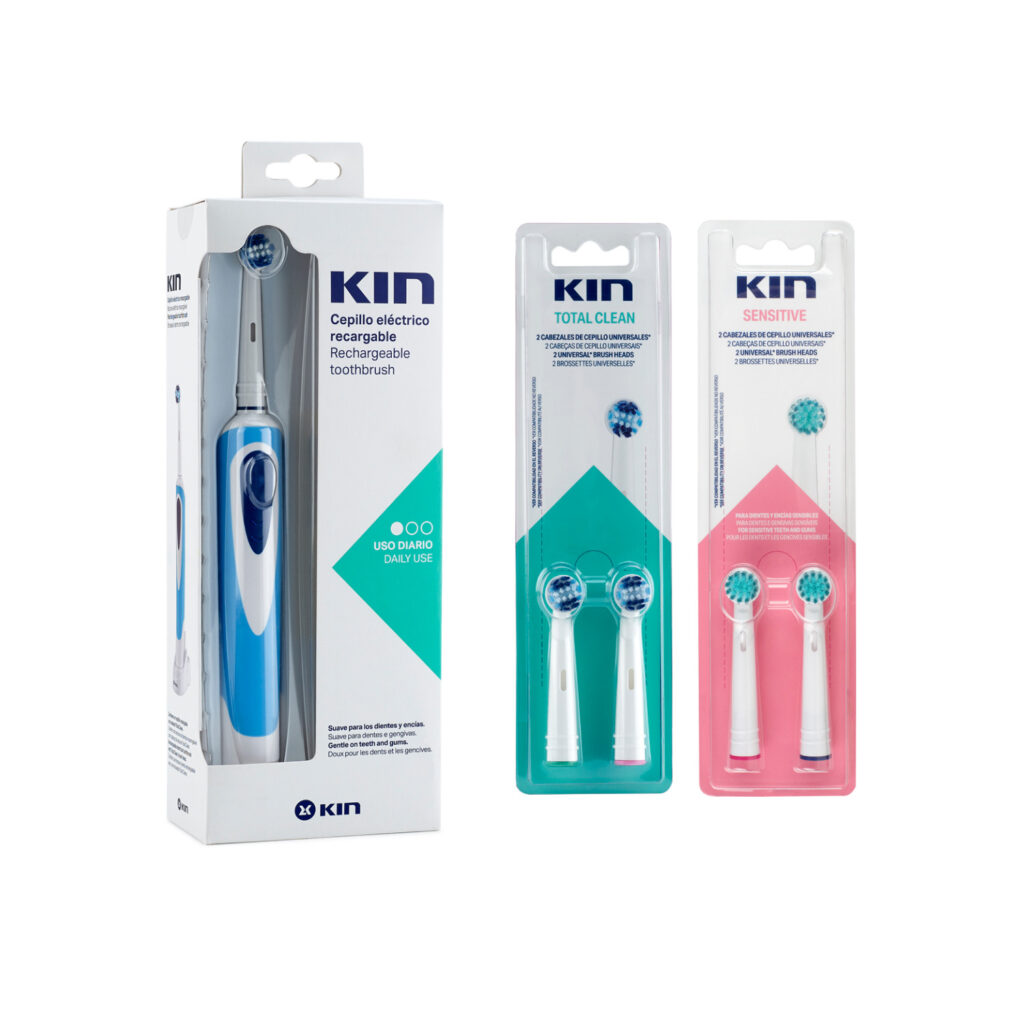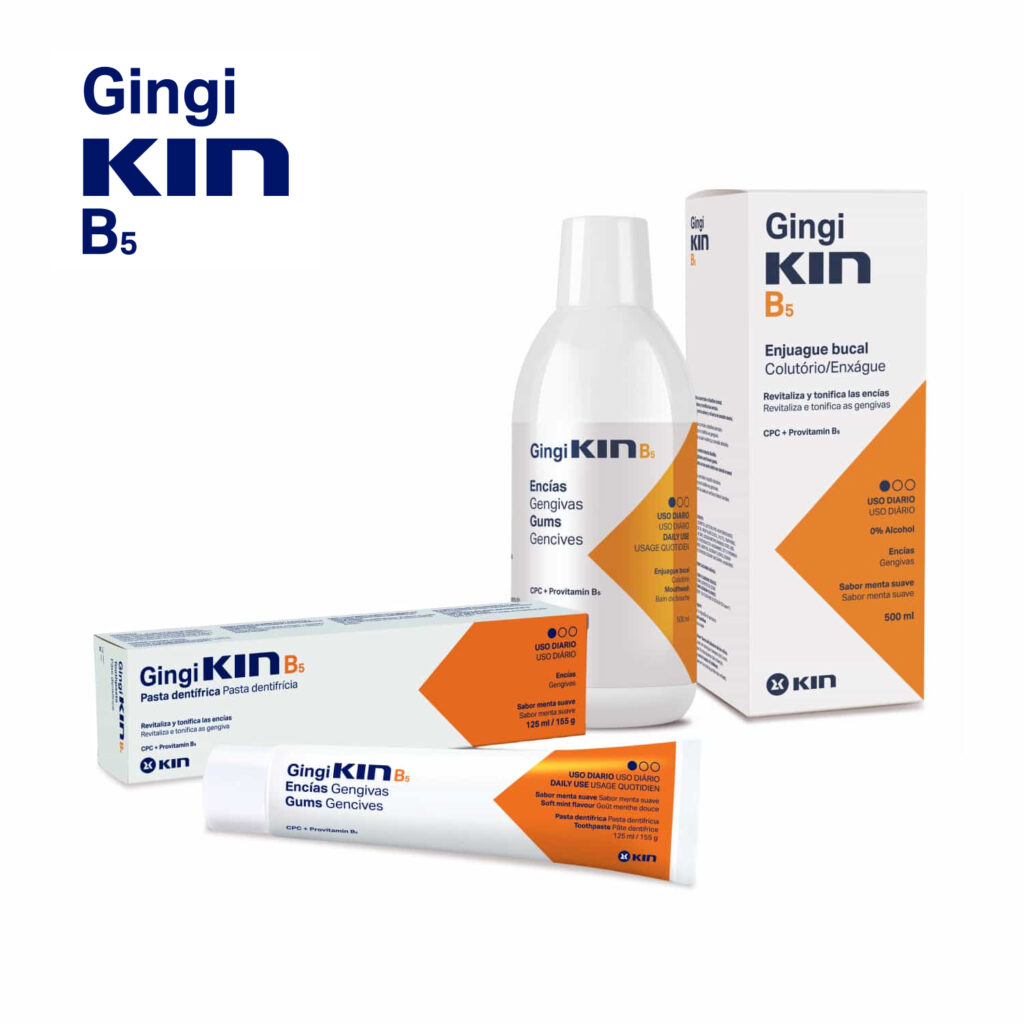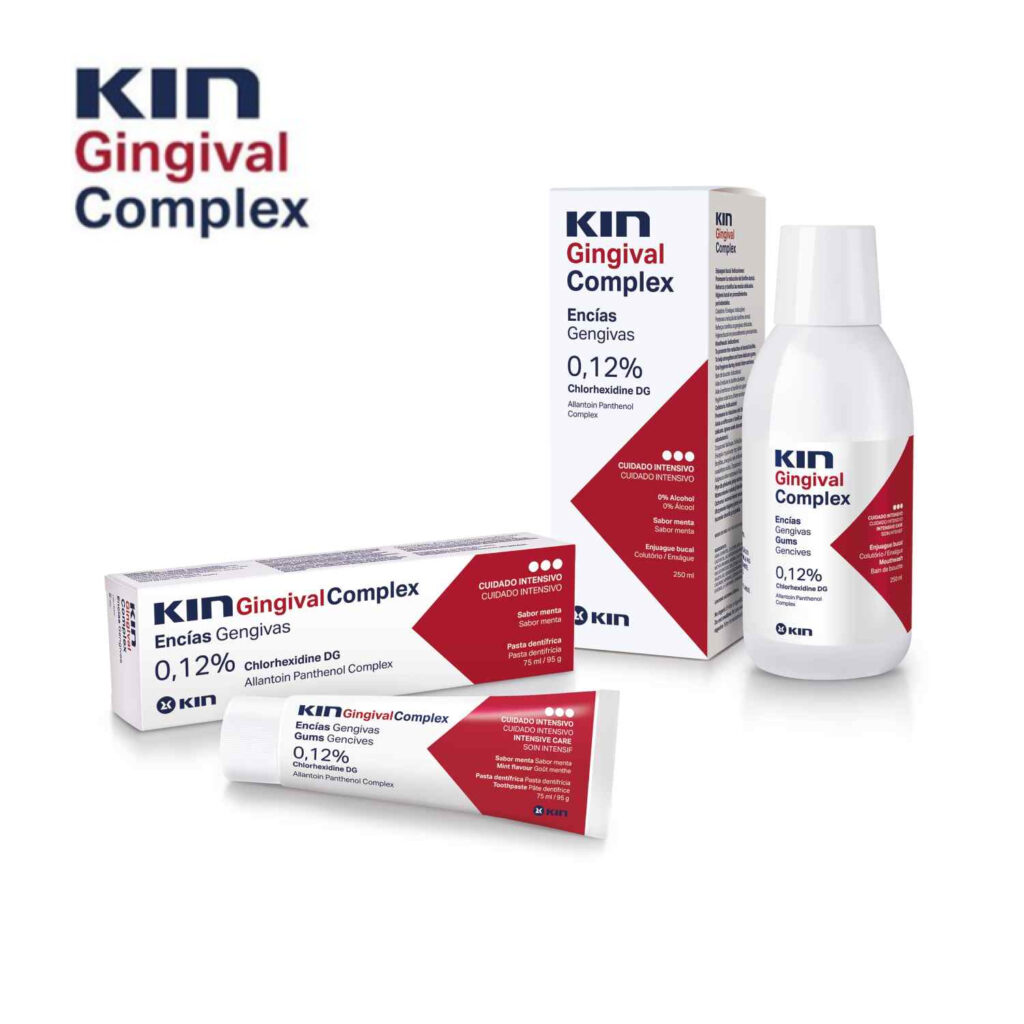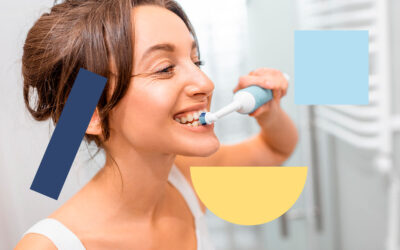To achieve complete oral hygiene, there are multiple brushing techniques that are highly effective. Depending on the preferences of each user, and adapting to the specific needs of your mouth, it is possible to resort to one or another obtaining an optimal result.
What are the best techniques and what considerations should we take into account with each of them? Is there one that is better than another? Which one should I choose? It is time to try the system that is most comfortable for you so that you have no excuses when it comes to brushing your teeth every day.
The importance of tooth brushing
Dental caries and gum disease are two of the most prevalent pathologies in our society. Both are caused by the accumulation of certain microorganisms found in the mouth that are potentially pathogenic if we do not prevent their growth.
In order to maintain optimal oral health and good oral hygiene, it is very important to brush your teeth daily after every meal. But brushing can't be done just any old way.
The first step is to choose the right type of toothbrush for each person. Then choose a toothpaste with fluoride to care for and strengthen the enamel. And, thirdly, it is time to choose the brushing technique that is most comfortable to achieve an efficient brushing result.
Most effective toothbrushing techniques
Although brushing your teeth may seem like a very basic task, you may be surprised to learn that a large part of the population does not do it correctly, putting their oral health at risk.
There are several toothbrushing techniques that adapt to the needs of each person. Let's take a look at the 3 most effective ones, recommended by dental experts:
Fones technique
The Fones technique consists of brushing the teeth in a rotating motion. For the upper teeth, the brush is rotated downward, while for the lower teeth, the rotation is upward. It is important that the sides of the bristles brush both gums and teeth in the same movement.
This is the most recommended technique for teaching children how to brush their teeth correctly.
Bass technique
For the Bass technique, the toothbrush is placed at a 45-degree angle between the tooth and the gingiva. Subsequently, a horizontal dragging motion is performed towards the outer end of the tooth. The same is repeated on both the upper and lower arches.
Charting Technique
The Charters technique is the most suitable for cleaning the interproximal areas of the teeth. It consists of placing the bristles of the brush on the gingival margin forming a 45 degree angle pointing towards the occlusal surface. In this way, vibrating movements are made that are specifically directed towards the spaces between the teeth.
This technique is especially useful for cleaning around fixed orthodontic appliances, removing food debris more effectively.
Which toothbrushing technique to choose?
As we have already seen, each of these toothbrushing techniques has a specific target audience. While the Fones technique is the most suitable for the youngest members of the household who are learning to take care of their dental hygiene, the Bass technique is more complete for the dental care of youngsters and adults of all ages.
On the other hand, the Charters technique is very beneficial for oral health care in orthodontic wearers, as well as in people who have a greater flattening of the interdental papillae.
Suitable toothbrush according to brushing technique
Whatever the brushing technique chosen for tooth care, there is another very important aspect to achieve a highly effective result: the choice of toothbrush.
Whether it's an electric toothbrush or manual toothbrush or manual, the hardness of the bristles must be adapted to the needs of each user. While manual toothbrushes or toothbrush heads of high and medium hardness are suitable for users with excellent oral health, softer and extra soft toothbrushes help to care for tooth enamel in people with sensitive teeth and delicate gums with a tendency to bleed.
Find the type of toothbrush and other dental accessories accessories for your oral health maintenance. Combine them with the right brushing technique and your smile will look more beautiful and cared for.
Discover our toothbrushes and dental accessories
Achieve a thorough cleaning with our high quality toothbrushes and dental accessories.
See products
Tips for maintaining a healthy smile
Brushing is very important for healthy teeth and gums, but there are also other basic tips to include in your daily care routine:
- Always brush your teeth after every meal, following a correct technique.
- Brush also the tongue for a complete elimination of bacteria.
- Use toothpaste with fluoride.
- Complement daily hygiene by using dental floss and an appropriate Mouthwash .
- Change toothbrush every 3 months.
- Follow a healthy and balanced diet to take care of the health of teeth and gums.
- Drink plenty of water daily for proper hydration.
- Reduce the intake of refined sugars.
- Avoid the consumption of tobacco, alcohol and substances that may color the enamel.
- Attend annual dental check-ups, or earlier if any discomfort is detected.
Remember that your overall health starts with a healthier mouth. So don't hesitate to learn the different tooth brushing techniques, and start with the basics to avoid future problems.

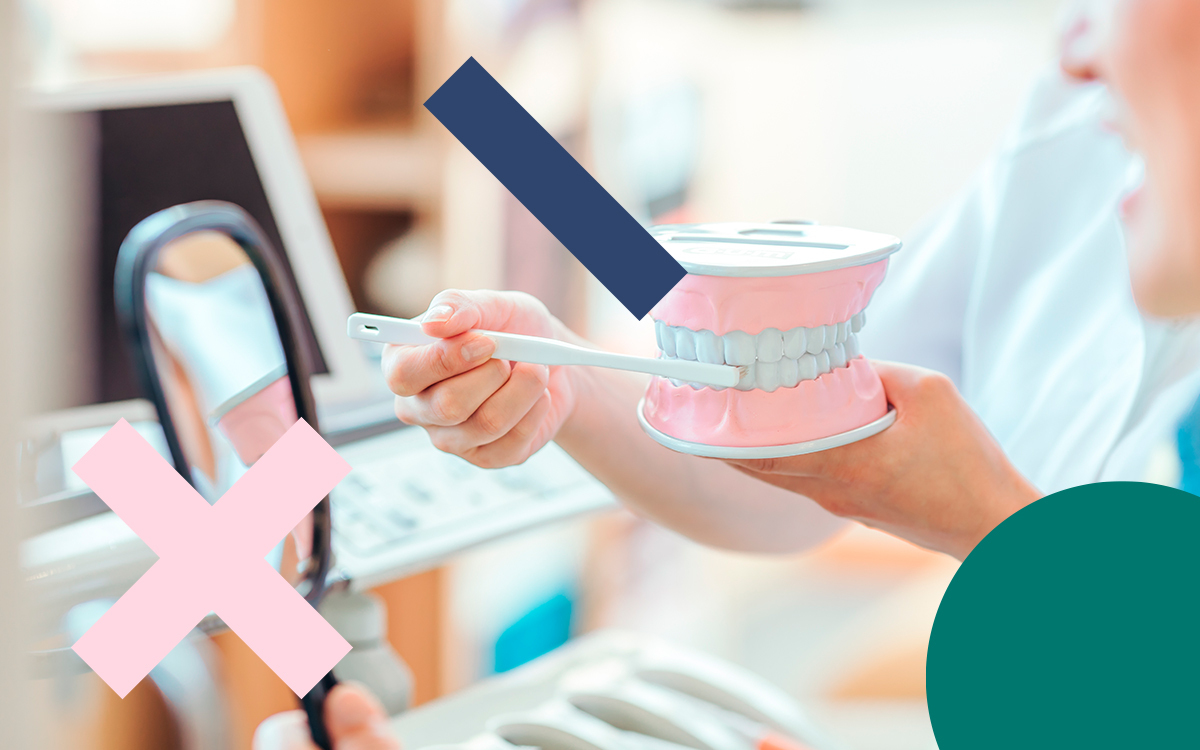
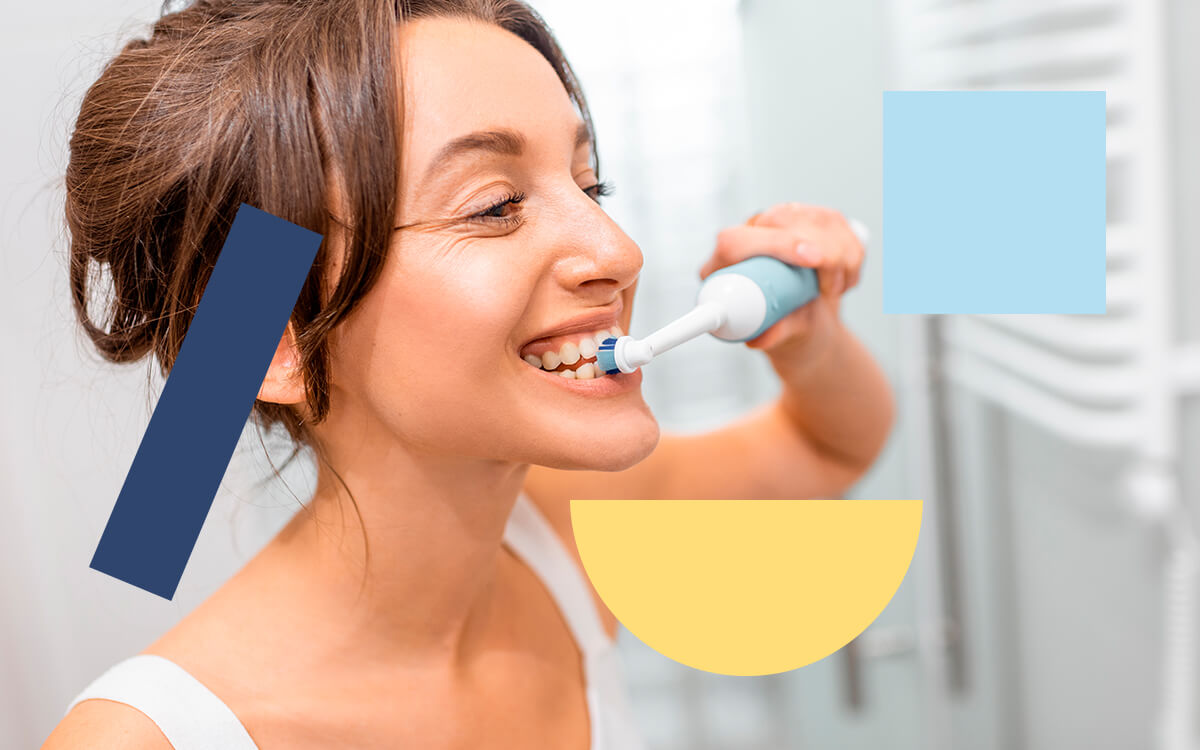 What to consider when choosing the best electric toothbrush?
What to consider when choosing the best electric toothbrush? How to relieve pain with newly placed braces?
How to relieve pain with newly placed braces? How to keep your breath fresh?
How to keep your breath fresh?